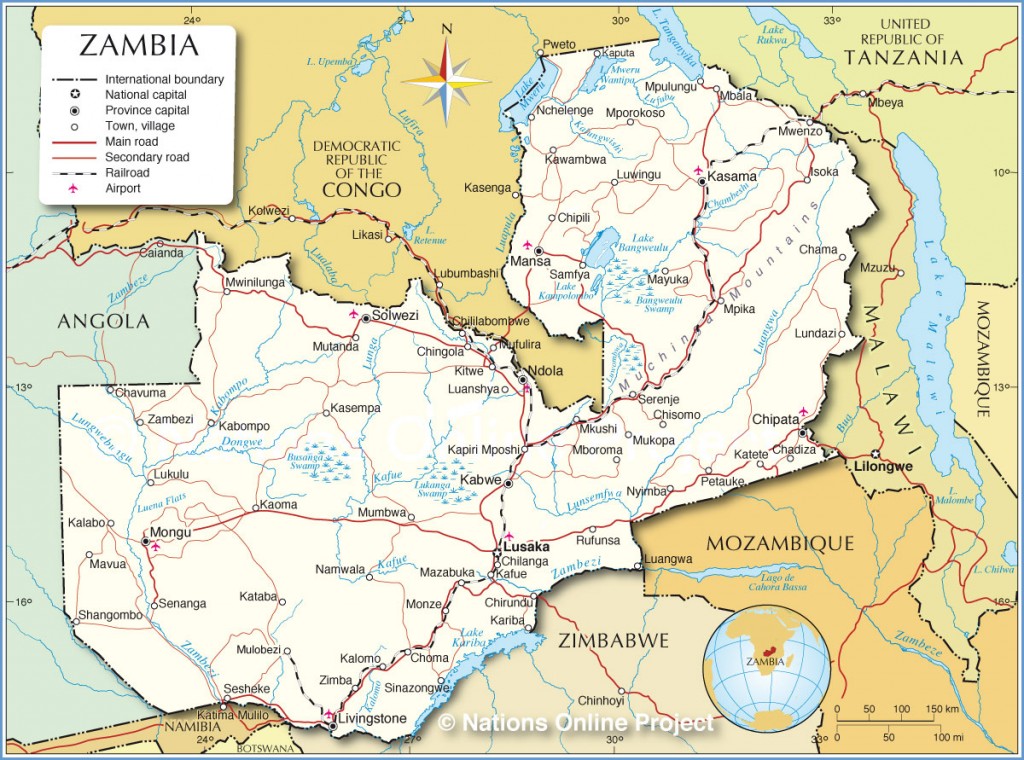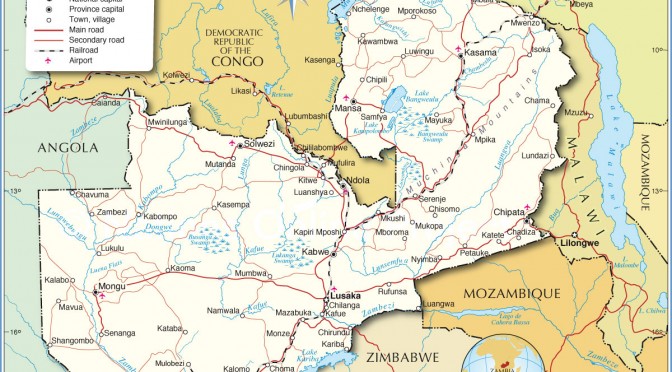The prospects of wind energy in Zambia are vast and largely untapped, offering a promising alternative to the country’s current reliance on hydropower. With an estimated potential of 6,000 MW, wind energy could significantly contribute to Zambia’s energy mix and help address the country’s chronic power shortages. The recent advances in wind turbine technology, coupled with the falling costs of installation and maintenance, have made wind energy an increasingly attractive option for both public and private sector investors. As Zambia seeks to diversify its energy sources and expand access to electricity, harnessing the power of the wind could be a game-changer for the nation’s sustainable development.
The Zambian government has recognized the potential of wind energy and has taken steps to create a conducive environment for its development. In 2008, the government launched the Renewable Energy Feed-in Tariff (REFiT) policy, which provides incentives for private sector investment in renewable energy projects, including wind power. The policy guarantees a fixed price for electricity generated from renewable sources, making it more attractive for investors to finance such projects. Additionally, the government has set a target of increasing the share of renewable energy in the national grid to 15% by 2030, up from the current 2%.
One of the main challenges facing the development of wind energy in Zambia is the lack of accurate and reliable wind resource data. To address this issue, the government, in collaboration with international partners, has embarked on a comprehensive wind mapping exercise. The Zambia Meteorological Department, with support from the World Bank, has installed wind measurement masts across the country to collect data on wind speeds and patterns. This information will be crucial in identifying suitable sites for wind farms and determining the feasibility of wind energy projects.
Another challenge is the high upfront capital costs associated with wind energy projects. While the costs of wind turbines and associated infrastructure have been decreasing globally, they remain relatively high for developing countries like Zambia. To overcome this barrier, the government and its development partners are exploring innovative financing mechanisms, such as public-private partnerships and concessional loans, to attract investment in the sector.
The private sector has also shown interest in harnessing Zambia’s wind energy potential. In 2016, the Lusaka-based company, InnoVent, signed a Memorandum of Understanding with the Zambian government to develop a 50 MW wind farm in the Eastern Province. The project, which is expected to be operational by 2023, will be the first utility-scale wind farm in the country and will serve as a model for future wind energy projects.
The benefits of wind energy for Zambia are manifold. First and foremost, it would help to diversify the country’s energy mix and reduce its dependence on hydropower, which currently accounts for over 85% of electricity generation. This over-reliance on hydropower has made Zambia vulnerable to the impacts of climate change, as evidenced by the recurring droughts and power shortages in recent years. By tapping into its wind energy potential, Zambia could enhance its energy security and resilience to climate shocks.
Moreover, the development of wind energy could create new employment opportunities in the manufacturing, installation, and maintenance of wind turbines and related infrastructure. This would not only contribute to economic growth but also help to address the high levels of unemployment and poverty in the country.

In conclusion, the prospects of wind energy in Zambia are bright and hold immense potential for transforming the country’s energy landscape. By unlocking the hidden power of the wind, Zambia can chart a more sustainable and resilient path towards a greener and more prosperous future.


